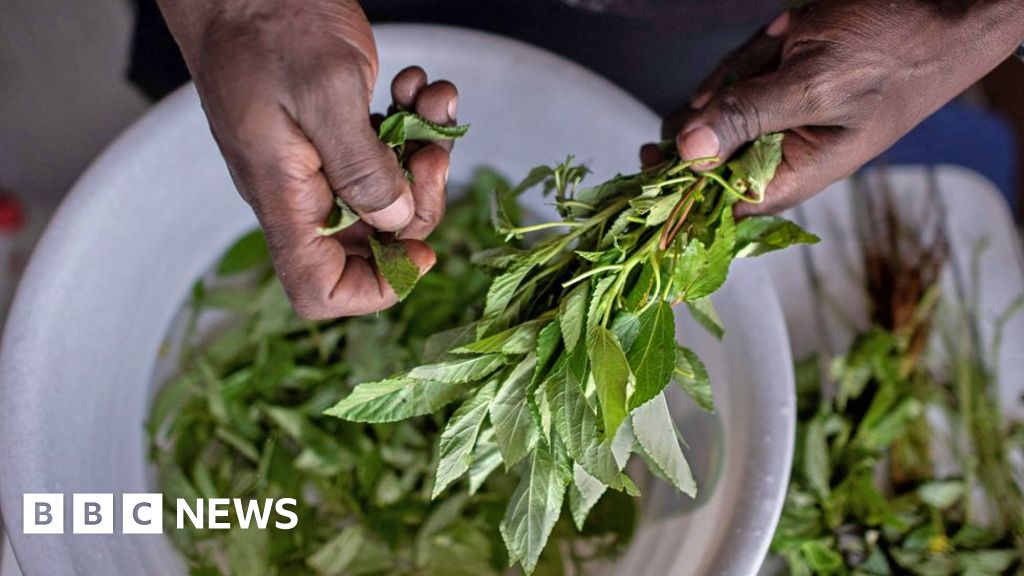Indigenous leafy vegetables in Kenya are becoming more common, grown on farms, sold in markets, and served in restaurants. Once dismissed as “poor man’s food”, they are now recognized for their nutritional value and resistance to diseases and pests. Production of local greens has doubled over the last 10 years, with 300,000 tonnes produced in 2023.
Varieties like managu, mrenda, and terere have more essential minerals, vitamin A and C, and antioxidants than introduced vegetables like cabbage and spinach. Some indigenous vegetables contain protein, making them an excellent option for vegetarians.
However, a law introduced in 2012 requires farmers to use certified seeds, which can be costly and difficult to obtain for indigenous varieties. This has led to the loss of some traditional plant varieties, with over 35 lost in one county alone.
Efforts are being made to promote and conserve indigenous crops, including seed exchanges and conservation programs. The Kenyan government is working to align its laws with international treaties that recognize farmers’ rights to save, use, and exchange their seeds.
Despite the challenges, indigenous greens are gaining popularity, with many Kenyans preferring them for their taste and nutritional benefits. Vegetable vendors report that managu, terere, and kanzira are the most preferred indigenous greens, and media campaigns have helped to promote their use.
Source link




